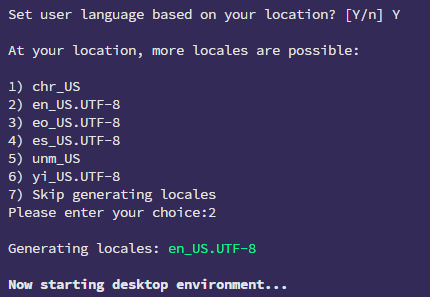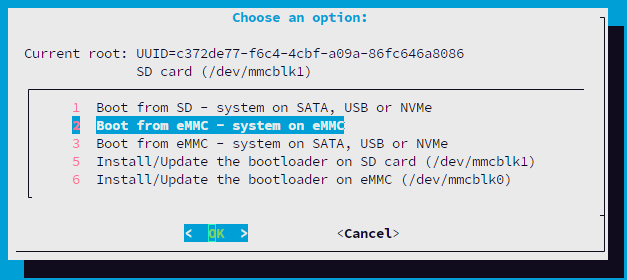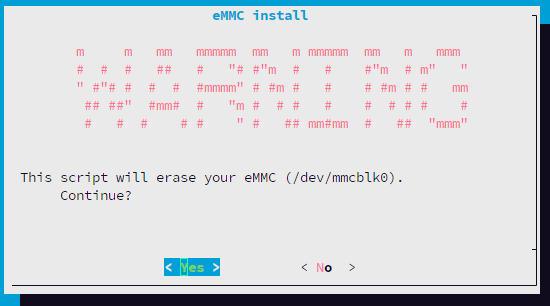Install Armbian
- The CM3588 has "community support" for Armbian. Meaning it may not work and should be used only if the associated risks have been accepted.
- The 5v fan appears to stay on constantly, this may be able to be adjusted in the device tree but I have not looked in to it.
- If using the COMET for Autonomys, I recommend using the FE Ubuntu Minimal for the greatest support
Prerequisites
Before proceeding make sure you have completed the following steps
- Prepare Your Micro SD Card (Windows)
- Write OS Image to Micro SD Card(Windows)
- Using Termius as an SSH Manager (Optional)
Download the Armbian OS for the CM3588 NAS Kit. This guide can be used with either Ubuntu or Debian
I recommend Debian if you only need the CLI and want to use as little system resources as possible. Ubuntu will give you a Desktop interface with Gnome and is great if you want a GUI and need some extra features.
First Boot
Insert the Micro SD card into your COMET and power it on. There are two methods that can be used to install Armbian on the COMET's eMMC storage:
- Connect a monitor & keyboard to the COMET and directly set it up
- Use SSH to connect to the COMET and set it up over the network
If using a monitor it is recommended to use the middle HDMI port. The one to the right is an INPUT.
Connect Via SSH
(Skip this step if using a monitor and keyboard) To connect via SSH identify the IP address associated with your COMET. I typically do this by accessing my router's devices page and finding the one labeled "nanopc-cm3588-nas"

Open up an SSH manager, add the IP address, and use root:1234 for the username:password.
Set the Root Password
Start by following the prompt to create a new root password. After completing this, proceed to the next step.

Select the Default shell (Ubuntu Only)
I prefer bash so I will select 1. Select 2 for zsh.
Create a New User account
Enter the username you wish to use, then enter your password (and get shamed if it is not strong enough), and finally, provide your "real name".

Generate Locales
I chose to set the language based on my location, and then selected the appropriate locales. Once the locales are generated, the desktop environment is started.

If you have a monitor and keyboard directly connected, you will see the desktop environment appear (Ubuntu) or a login prompt (Debian). Log in as root using the password you set. If you have SSH'd into your COMET, you will see a root prompt.
Install Armbian
To install Armbian onto the eMMC first perform any required updates
apt update && apt upgrade -y
Then run the install script
armbian-install
Select the option to Boot from eMMC - system on eMMC.

Select "Yes" to erase the eMMC

If unsure, select ext4 here
Armbian will be installed and when complete select the option to "Power Off" the system.
Once the system is powered off, remove the Micro SD card and boot the system.
(Optional - Ubuntu ONLY) Turn off Suspend
I only SSH into Armbian, however, after some idle time the system will suspend itself and log me out of my SSH session.
To turn off the setting for the system to suspend on AC power, open up greeter.dconf-defaults
sudo nano /etc/gdm3/greeter.dconf-defaults
Make two changes:
- Uncomment
sleep-inactive-ac-timeoutand set the value to0. - Uncomment
sleep-inactive-ac-typeand set the value toblank.
Press ctrl + x then y then ENTER to save. This should prevent the system from suspending. This can likely also be completed via the Desktop environment but I have not done it that way before.
(Optional) - Armbian Config
By default the Ubuntu version will have Armbian Config, which allows changing some OS settings, such as hostname, motd, etc.. If running Debian, it will not be installed. I personally do not recommend installing it, most of the things can be done manually. If needed, it can be installed
sudo apt install armbian-config
It is quite large and will install a lot of packages.